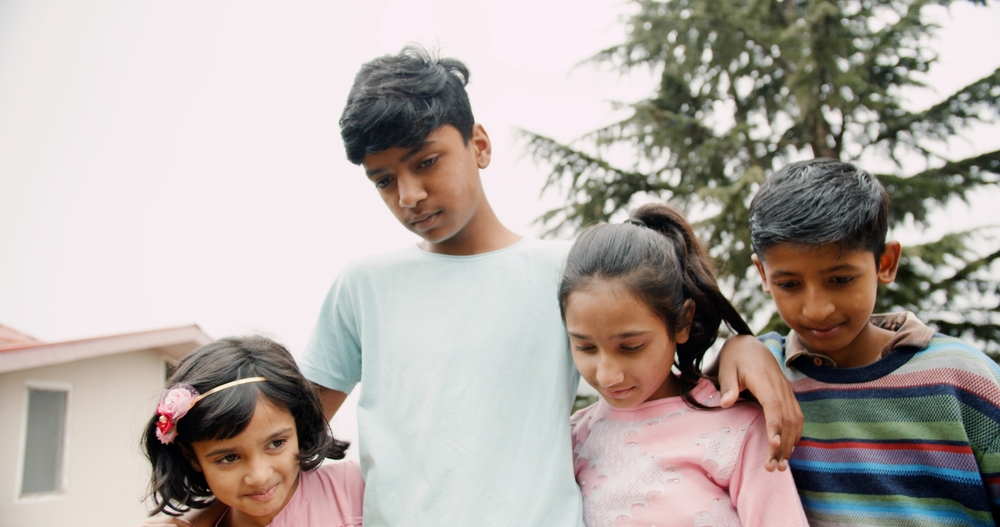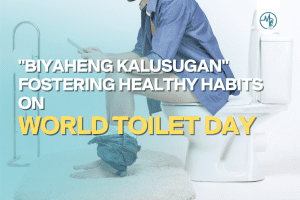Widespread Exposure to Extreme Temperatures Threatens Children’s Health in South Asia
According to a recent analysis by UNICEF, the majority of children in the region are facing extreme heat exposure in South Asia, due to the escalating heat crisis. Alarmingly, the data reveals that South Asian children are being disproportionately impacted compared to their global counterparts.
The Alarming Scale of Heat Exposure
The analysis, based on 2020 data, indicates that 76% of children under 18 in South Asia, a staggering 460 million, are exposed to extremely high temperatures. This situation occurs when there are 83 or more days in a year when the temperature exceeds 35 °C. To put this in a global context, in South Asia three out of four children are exposed to such extreme temperatures, compared to only one in three children (32%) globally.
Furthermore, the report reveals that 28% of children in South Asia face 4.5 or more heatwaves per year, marginally higher than the global average of 24%.
Global Warming Compounds the Crisis
With July being the hottest month ever recorded globally, the risk to children, particularly those in South Asia, is expected to intensify due to more frequent and severe heatwaves as a result of climate change.
“Countries in the region are not the hottest in the world right now but the heat here brings life-threatening risks for millions of vulnerable children,” warns Sanjay Wijesekera, UNICEF Regional Director for South Asia.
Most Vulnerable Bear the Brunt
The heat crisis in South Asia carries particularly severe implications for babies, toddlers, malnourished children, and pregnant women. In the world’s hottest city in 2022, Jacobabad in Pakistan’s southern Sindh province, the extreme temperatures exposed 1.8 million people to severe short and long-term health risks.
The dangers are manifold. Children cannot quickly adapt to temperature changes and may experience symptoms and illnesses including higher body temperature, rapid heartbeat, cramps, severe headache, confusion, organ failure, dehydration, fainting, and coma. For pregnant women, risks include early contractions, hypertension, seizures, high blood pressure, preterm births and stillbirths.
The Dangers of Excessive Heat
Beyond immediate discomfort, exposure to extreme heat can pose severe and sometimes irreversible health hazards, especially for children. High temperatures can strain the body’s ability to regulate its internal temperature, leading to serious conditions such as heat exhaustion, heatstroke, and dehydration, each carrying its own set of dangers.
Heat exhaustion may cause fatigue, dizziness, and confusion. If not treated promptly by moving to a cooler place and hydrating, it can progress to heatstroke, a far more serious condition. Heatstroke can escalate quickly, potentially causing seizures, organ damage, and even death.
Dehydration, another significant risk of heat exposure, occurs when the body loses more fluids than it takes in. Children are particularly susceptible as they have higher water requirements relative to their body weight. Dehydration can impair bodily functions and lead to long-term health problems if not addressed promptly.
Recognising and Responding to Dehydration
Early signs of dehydration can be subtle but may include thirst, dry mouth, infrequent urination, and lethargy. As dehydration worsens, symptoms might progress to extreme thirst, dizziness, rapid heartbeat, and fainting.
At the first signs of dehydration, it’s crucial to increase fluid intake. For children, caregivers can offer water, milk, or oral rehydration solutions. Keep children in cool, shaded areas and dress them in lightweight clothing to prevent excessive sweating and further fluid loss.
In severe cases, where the individual cannot retain fluids, someone should take them to a healthcare facility for immediate intervention. By being aware of the symptoms and knowing how to respond, caregivers can help mitigate the dangers of heat exposure.
Taking preventive measures and staying informed are vital for the wellbeing of children as the climate crisis intensifies.
Bridging Awareness and Action
UNICEF emphasises the importance of awareness, education, and preparedness in the face of this escalating crisis.
Frontline workers, parents, families, caregivers, and local authorities must recognize heat stress to protect children. They should identify symptoms of heat-related illnesses, administer immediate first-aid actions when required, and ensure individuals affected reach a health facility when necessary.
Final Thoughts
The findings underscore a bleak reality: the most vulnerable children, adolescents, and women are the ones that pay the highest price for extreme weather events. If we do not act now, these children will continue to bear the brunt of more frequent and more severe heatwaves in the coming years, for no fault of their own.
“Unless we act now, these children will continue to bear the brunt of more frequent and more severe heatwaves in the coming years, for no fault of theirs,” Wijesekera adds.
References
- 76 per cent of children exposed to extreme high temperatures in South Asia – UNICEF. (n.d.). 76 Per Cent of Children Exposed to Extreme High Temperatures in South Asia – UNICEF. https://www.unicef.org/press-releases/76-cent-children-exposed-extreme-high-temperatures-south-asia-unicef
- Heat-related illnesses (heat cramps, heat exhaustion, heatstroke). (2022). U.S. National Library of Medicine. – Google Search. (n.d.). Heat-related Illnesses (Heat Cramps, Heat Exhaustion, Heatstroke). (2022). U.S. National Library of Medicine. – Google Search. https://www.google.com/search?q=Heat-related+illnesses+(heat+cramps%2C+heat+exhaustion%2C+heatstroke).+(2022).+U.S.+National+Library+of+Medicine.&rlz=1C1GCEA_enLV1034LV1034&sourceid=chrome&ie=UTF-8
- Dehydration. (n.d.). nhs.uk. https://www.nhs.uk/conditions/dehydration/














